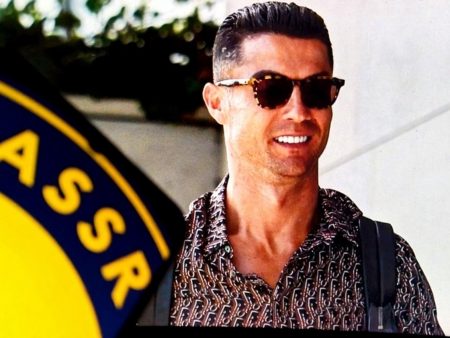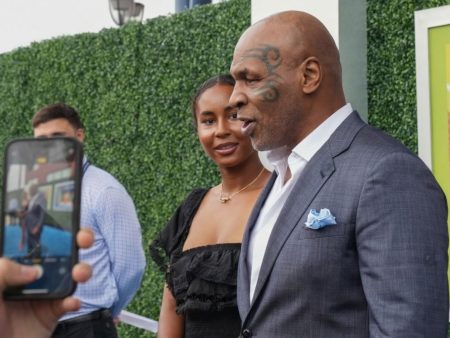From Benny Binion’s Vision to Modern Poker Glory: The Complete Story of the WSOP Bracelet
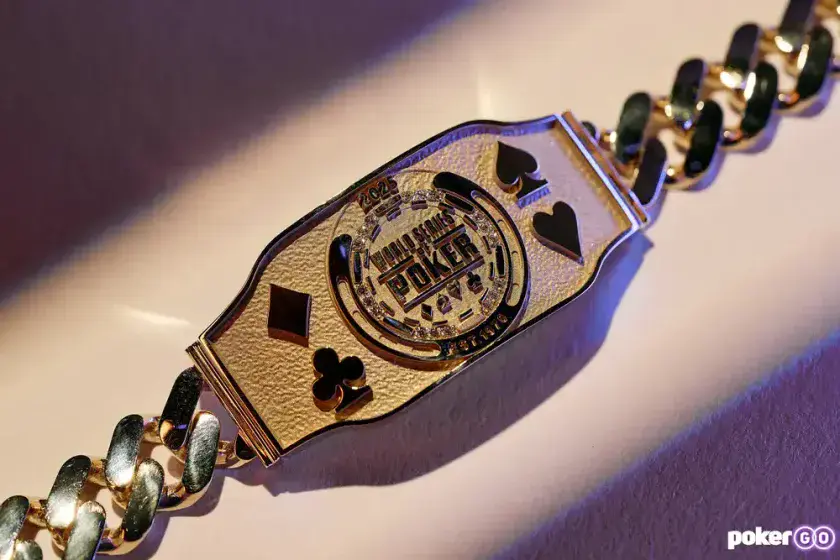
What’s Inside: The WSOP Bracelet Unveiled
- The iconic origin story and how Benny Binion redefined poker prestige with the bracelet
- How design, materials, and craftsmanship have transformed the bracelet over five decades
- The role the bracelet plays in defining poker greatness and its parallel with sports trophies
- Legendary winners, unforgettable moments, and the personalities who built the bracelet’s lore
- The bracelet’s far-reaching influence on poker’s global culture and the expansion of its legacy
Chasing the gold bracelet has become the hallmark of the World Series of Poker (WSOP), as players vie for both the title and that glimmering piece of jewelry each summer in Las Vegas. What started as a quirky prize has evolved into poker’s greatest symbol of achievement, spawning fierce competition among professionals eager to wear—and collect—these coveted trophies. At the summit stands Phil Hellmuth, the 1989 Main Event champion, who has amassed 17 bracelets and ignited a race that defines poker legacies.
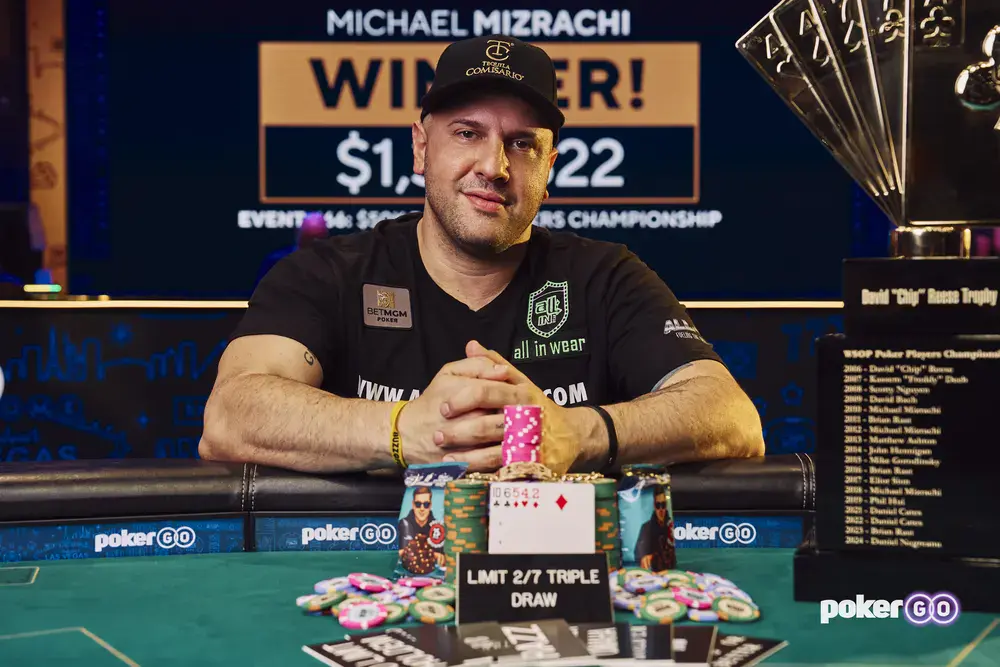
Once dismissed as little more than a keepsake, the bracelet’s stature has soared over the years. Doyle Brunson, winner of multiple early titles, recounted that initial reactions were lukewarm, likening the bracelet to a gift from WSOP founder Benny Binion—appreciated but far from essential. Perspectives shifted, especially with Phil Hellmuth’s emphasis on bracelet count as the measure of historical greatness, a view that has since permeated the poker community worldwide.
“To me, the bracelets have always been a really huge deal, to me more than the other guys, because I knew that they represented history,” Hellmuth reflected after his tenth win in 2006. “This is how they measure greatness.”
Benny Binion and the Birth of a Poker Tradition
It all began at Binion’s Horseshoe, the downtown Las Vegas casino seeking to draw swarms of gamblers. Benny Binion, a pioneering casino operator, envisioned the World Series of Poker as a spectacle to lure crowds—where high-stakes cash games would become legendary. The first “series” was a select gathering, guided by player votes to crown the best all-around performer. Johnny Moss emerged as the original Main Event champion, a title he’d reclaim two more times as the WSOP embraced formal tournament structures starting in 1971.
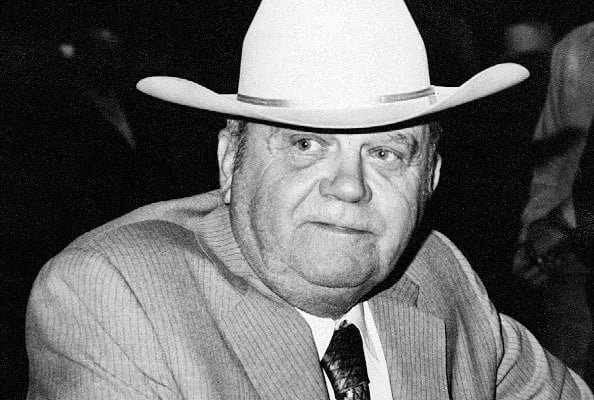
By 1972, the Main Event adopted the $10,000 buy-in—a benchmark still in place. Initially, trophies and even silver plates were handed out, but in 1976, Binion introduced gold bracelets, offering a tangible, wearable loot that winners could flaunt. The first Main Event bracelet was awarded to Doyle Brunson, who would clinch another the following year. These early designs were simple, often described as “gold nuggets hammered flat,” a far cry from today’s dazzling works of art. Las Vegas jeweler Mordechai Yerushalmi crafted the first generations of bracelets, pricing them at roughly $500 in value during the 1970s and ’80s, before rising gold values and national attention elevated their prestige.
“I didn’t even go pick two of them up because they didn’t have any real significance before,” Brunson said in 2006. “And I gave the rest of them away to family members. I’ve got one bracelet, the one I won last year.”
Design Innovations: A Bracelet’s Stylish Evolution
As the World Series of Poker expanded, so too did the number and extravagance of bracelets. Initially unchanged for decades, the early 2000s saw a parade of jewelers experiment with innovative designs. When Harrah’s (now Caesars Entertainment) acquired the WSOP in 2004, they ushered in modern luxury jewelers to elevate the trophy’s appeal. Gold and Diamond International introduced more ornate touches in 2005. The next year, Frederick Goldman took the reins, adding glimmering jewels, hefty gold weights, and elaborate details particularly for the Main Event—the centerpiece of the WSOP calendar.
The 2006 Main Event bracelet epitomized this shift, sparkling with 259 stones, 1.4 grams of diamonds, and 120 grams of gold. Gemstone accents representing each card suit—rubies, black diamonds, and sapphires—became common. Like the Super Bowl rings that inspired them, bracelets pushed the limits of extravagance year after year.
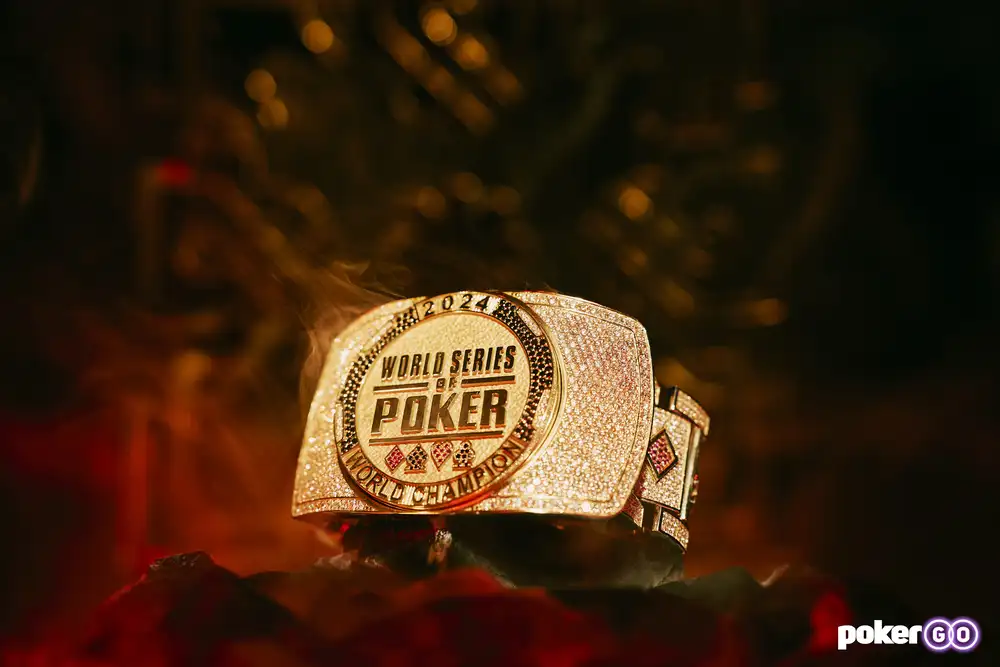
Corum briefly produced watch-bracelet hybrids in 2005 before OnTilt Designs revitalized the classic bracelet look in 2010. By 2012, luxury designer Jason Arasheben of Jason of Beverly Hills introduced bold, personalized touches, drawing on his experience with championship rings for major sports franchises. That same year marked a new milestone with the $1 million buy-in Big One for One Drop event, where Antonio Esfandiari’s victory earned him a one-of-a-kind platinum bracelet.
The Modern Era: Bigger, Bolder, Pricier
Recent WSOP bracelets have fully embraced spectacle, especially for Main Event champions. In 2016, Qui Nguyen’s bracelet, crafted by premier design house Jostens, set a new standard in both weight and artistry—composed of over 40 custom-molded gold pieces and weighing an impressive 427 grams. Its design featured card-suit links and was encrusted with 1,356 white diamonds, 626 black diamonds, and 194 rubies. The centerpiece spelled out “WSOP” in rubies, encircled by black and white diamonds for maximum impact.
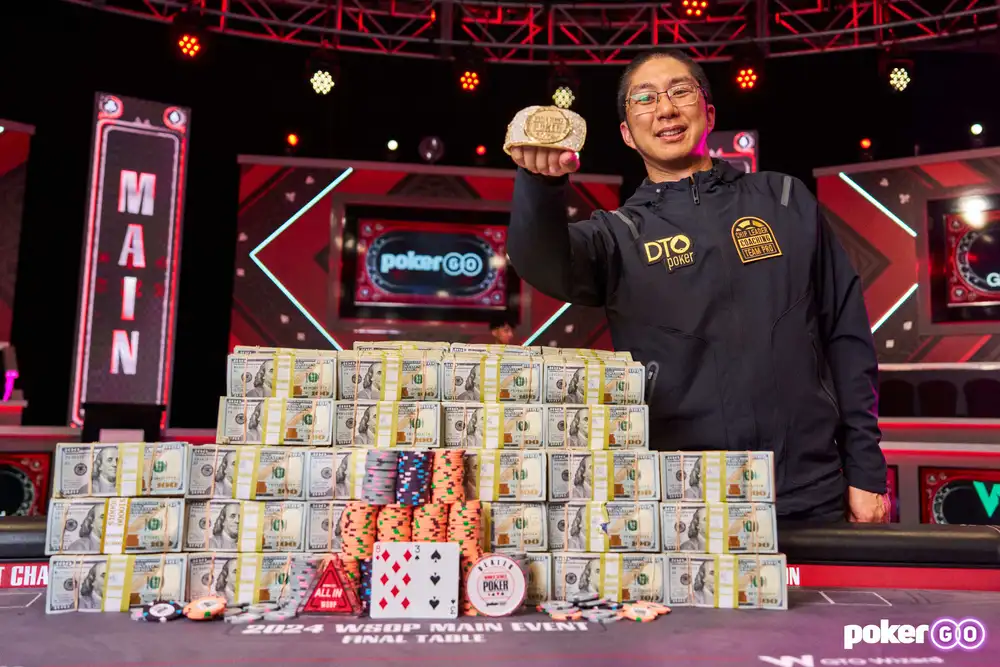
A particularly inventive feature emerged: the bracelet could open to reveal a hidden compartment, allowing the champion to enshrine the winning hand’s cards inside. In recent years, these bracelets have been valued at more than $500,000—not only for their precious materials, but their exclusive status.
“The value is priceless as you can’t buy one, you must win one,” stated a Caesars spokesman. “They have been fairly consistent as far as design the past several years. Everyone who gets one is always very pleased.”
More Bracelets, More Debate: Expansion of the WSOP Legacy
The pool of WSOP bracelet winners is expanding faster than ever. Besides the longstanding summer showdown in Las Vegas, players can now secure bracelets online and at international events. Recent years have seen the launch of WSOP Europe—offering multiple bracelet events at King’s Resort in Rozvadov, Czech Republic—and the integration of GGPoker as a major online venue. With GGPoker’s parent company NSUS acquiring the WSOP brand for $500 million in 2025 and vowing global growth, bracelet opportunities will only increase.
This boom brings controversy. Some argue that awarding bracelets for lower buy-in events or online tournaments dilutes their significance, diminishing a tradition once reserved for the world’s biggest stages. Buy-ins have dropped as low as $300 for some events, a point of contention among purists who see exclusivity as key to preserving the bracelet’s magic.
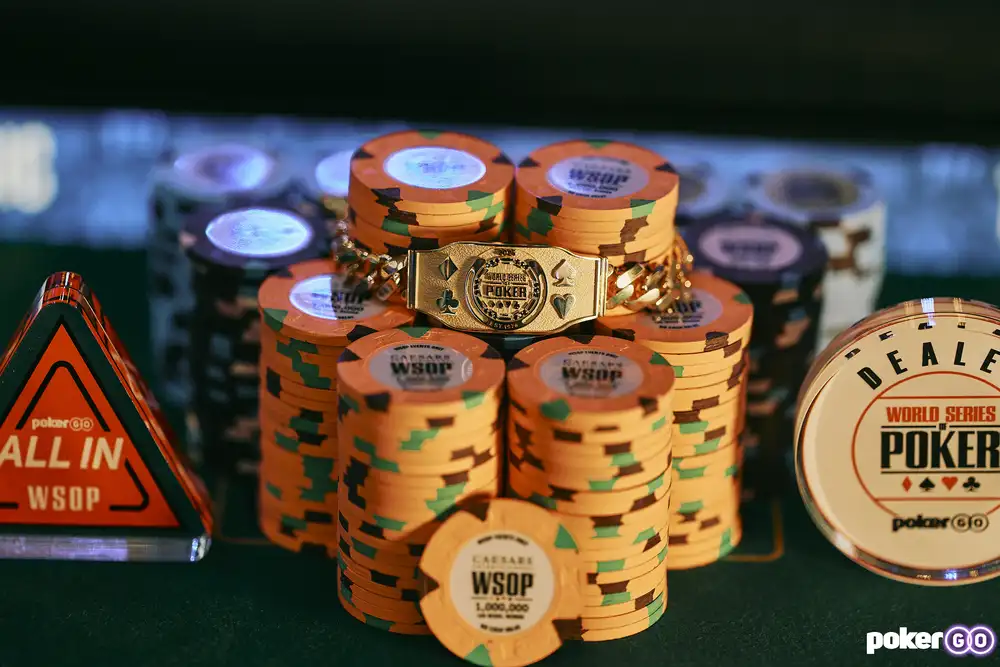
Interestingly, some champions have auctioned their hardware. In 2019, Tom Franklin listed his No Limit Omaha bracelet for $50,000 on eBay. Jamie Gold’s historic 2006 Main Event bracelet was sold for $65,725 in 2013 due to unresolved legal affairs, and Tom McEvoy tried to part with his 1983 Main Event bracelet in 2017. Despite their availability on the secondary market, the allure and desire to win bracelets remains potent, with thousands of hopefuls chasing the dream each year in Las Vegas and beyond.
“It’s a legal issue that I can’t talk about, but what I can say is that I am not selling it,” Gold told Card Player about his bracelet’s sale. “I’m not purposefully selling; I’m not involved in the auction and will not be making $1 if it does end up being sold.”
The journey from decorative token to poker’s ultimate status symbol has made the WSOP bracelet a cultural phenomenon, recognizing both legendary skill and the game’s rich history. Each summer, as new champions are crowned, the bracelet’s lore grows even brighter—its legacy secure on the wrists and in the hearts of those who chase poker greatness.

